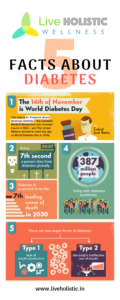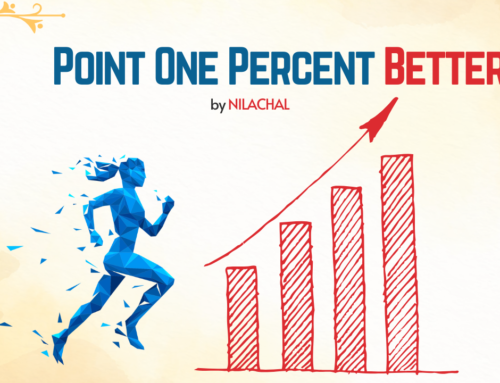5 Yogasanas (Poses) For Diabetes
Diabetes Mellitus is a disorder in the metabolism of sugar. In diabetes, the primary problem is the defective utilization of sugar by the body. Dietry sugars ad starch are broken down to glucose by the process of digestion, and this glucose is the major fuel for the various processes, organs and cells of the body.
5 Facts about Diabetes:
- The 14th November is World Diabetes Day. This day is Sir Frederik Grant Banting’s birthday – the Canadian medical researcher who invented insulin in 1923 – and the united nations decided to mark this day as World Diabetes Day in 2006. World Diabetes Day was launched in 1991 by the IDF and the World Health Organization (WHO) in response to the rapid rise of diabetes around the world. By 2016, World Diabetes Day was being commemorated by over 230 IDF member associations in more than 160 countries and territories, as well as by other organizations, companies, healthcare professionals, politicians, celebrities, and people living with diabetes and their families. Activities include diabetes screening programmes, radio and television campaigns, sports events and others.
- Every 7th second, a person dies from diabetes globally. Despite the large number of people with diabetes in India, awareness is low and needs to be addressed. Other challenges include balancing the need for glycemic controlwith risk reduction due to overly tight control, especially in high-risk groups and taking into account health care professional expertise, attitudes, and perceptions. Pharmacologic care should be individualized with early consideration of combination therapy.[1]
- Diabetes is projected to be the 7th leading cause of death in 2030. About 18 million people die every year from cardiovascular disease, for which diabetes and hypertension are major predisposing factors. Today, more than 1.7 billion adults worldwide are overweight, and 312 million of them are obese. In addition, at least 155 million children worldwide are overweight or obese. A diabetes epidemic is underway. According to an estimate of International Diabetes Federation comparative prevalence of Diabetes during 2007 is 8.0 % and likely to increase to 7.3% by 2025. Number of people with diabetes is 246 million (with 46% of all those affected in the 40–59 age group) and likely to increase to 380 m by 2025. The comparative prevalence of IGT is 7.5% in 2007 and likely to go up to 6.0 by 2025. The number of people with IGT is 308 million in 2007 and likely to be 418 m by 2025.[2]
- 387million people are living with diabetes worldwide. According to the recent report ofIDF Diabetes Atlas Ninth edition 2019 approximately the number has increased to 463 million[3] adults (20-79 years) with diabetes; by 2045 this will rise to 700 million. The proportion of people with type 2 diabetes is increasing in most countries. 79% of adults with diabetes were living in low- and middle-income countries
- There are two major forms of diabetes:
-
- Type1: Lack of insulin production. Type 1 diabetes, once known as juvenile diabetes or insulin-dependent diabetes, is a chronic condition in which the pancreas produces little or no insulin by itself. For people living with diabetes, access to affordable treatment, including insulin, is critical to their survival.
- Type2: Body’s ineffective use of insulin. This is the most common type of diabetes, usually in adults, which occurs when the body becomes resistant to insulin or doesn’t make enough insulin. In the past three decades the prevalence of type 2 diabetes has risen dramatically in countries of all income levels.
5 Yogasanas(Poses) for Diabetes
References:
[1] Joshi, S. R. (2016). Diabetes Care in India. Annals of Global Health, 81(6), 830–838. DOI: http://doi.org/10.1016/j.aogh.2016.01.002
[2] Tabish S. A. (2007). Is Diabetes Becoming the Biggest Epidemic of the Twenty-first Century?. International journal of health sciences, 1(2), V–VIII.
[3] https://www.idf.org/aboutdiabetes/what-is-diabetes/facts-figures.html










Leave A Comment